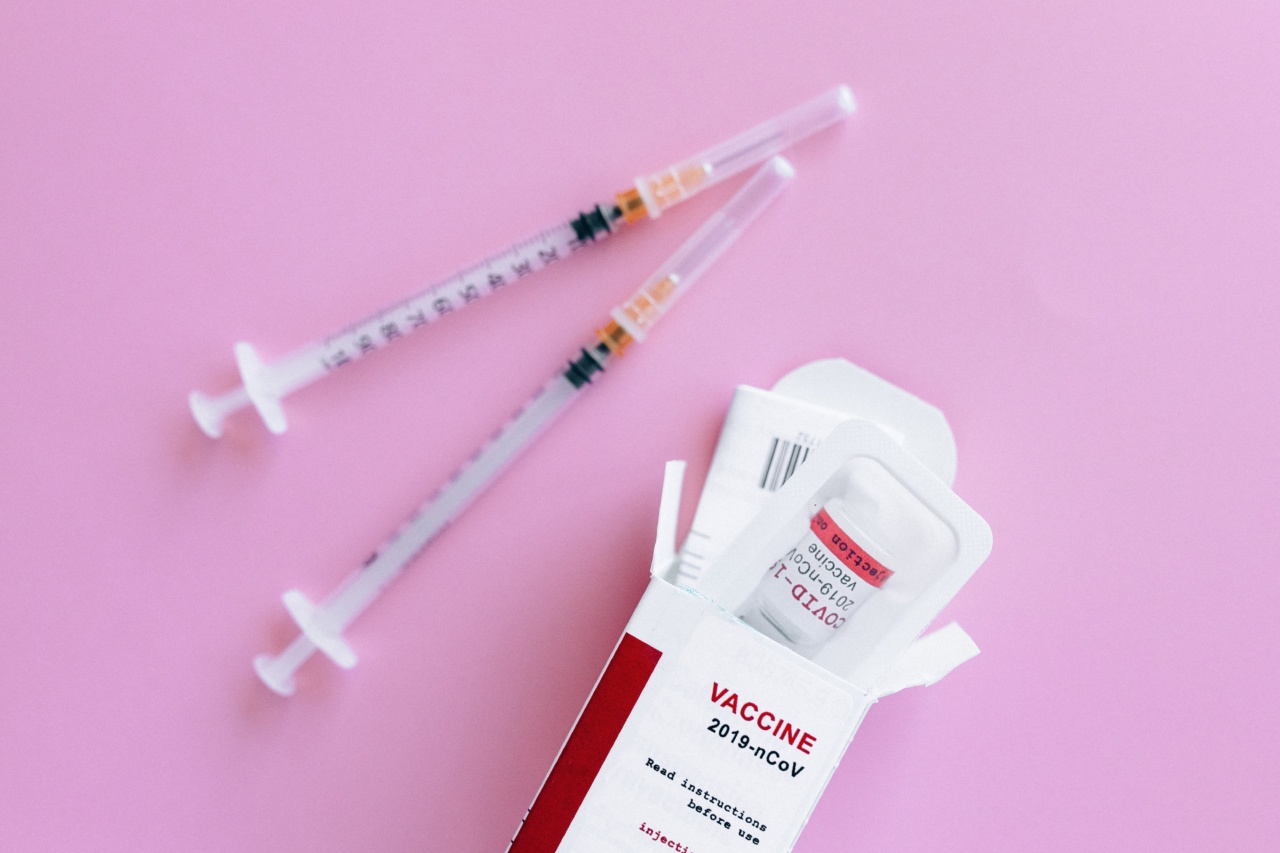Malaria is a life-threatening disease caused by parasites that are transmitted to humans through the bites of infected mosquitoes. It is a significant global health concern, particularly in tropical and subtropical regions where it is endemic.
Despite decades of efforts to control and eliminate malaria, it continues to be a major public health challenge, resulting in millions of cases and hundreds of thousands of deaths each year.
Understanding the Role of Mosquitoes in Malaria Transmission
Mosquitoes are the primary vectors of malaria, with the female Anopheles mosquitoes being responsible for transmitting the parasites to humans.
These mosquitoes become infected with the malaria parasites when they bite an infected person and take in the parasites along with the blood meal. The parasites then go through a complex development cycle within the mosquito, eventually reaching the salivary glands and allowing the mosquito to pass on the infection to subsequent human hosts.
Conventional Approaches to Malaria Control
Traditionally, malaria control efforts have focused on reducing mosquito populations through the use of insecticide-treated bed nets, indoor residual spraying, and larvicide applications.
While these interventions have been effective to some extent, they have not been able to completely eliminate the disease.
The concept of Sterile Insect Technique (SIT)
The Sterile Insect Technique (SIT) is an innovative approach to insect control that involves the release of mass-bred, sterilized insects into the wild population.
The released insects mate with the wild counterparts, but their eggs do not result in viable offspring, ultimately reducing the population over time. SIT has been successfully used to control pests like the screwworm fly and the Mediterranean fruit fly.
Applying SIT to Combat Malaria
Recognizing the potential of the Sterile Insect Technique in malaria control, researchers and scientists are now exploring the use of mutated, sterile mosquitoes in the fight against the disease.
These genetically modified mosquitoes carry a gene that causes their offspring to become sterile, ultimately leading to a reduction in the mosquito population.
The Pros and Cons of Mutated Sterile Mosquitoes
While the idea of using mutated sterile mosquitoes to control malaria may seem promising, there are several pros and cons that need to be carefully considered:.
Potential Benefits of Mutated Sterile Mosquitoes
1. Population Reduction: The primary objective of using mutated sterile mosquitoes is to decrease the mosquito population, thus reducing malaria transmission.
2. Environmentally Friendly: This approach is environmentally friendly compared to conventional methods, as it does not involve the heavy use of chemical insecticides.
3. Targeted Intervention: Mutated sterile mosquitoes can be released in specific areas where malaria transmission is high, allowing for a targeted approach.
4. Potential Long-Term Solution: If successful, this approach could provide a long-term solution to malaria control, reducing the reliance on continuous interventions.
Potential Concerns and Challenges
1. Ethics and Public Perception: The use of genetically modified organisms (GMOs) often raises ethical concerns and questions regarding public acceptance.
2. Potential Ecological Impact: Introducing a new genetically modified organism into an ecosystem can have unknown environmental consequences, which must be thoroughly evaluated.
3. Cost and Feasibility: Developing and implementing a large-scale program using mutated sterile mosquitoes can be expensive and logistically challenging.
4. Potential for Resistance: Mosquitoes have shown the ability to develop resistance to insecticides, raising concerns about the development of resistance to sterile mosquitoes as well.
Progress and Research in the Field
Despite the challenges, researchers have made significant progress in developing mutated sterile mosquitoes for malaria control.
In a recent study, scientists successfully used CRISPR gene-editing technology to modify the genes of Anopheles mosquitoes, resulting in a population reduction of up to 99%. This breakthrough has opened new possibilities for targeted interventions against malaria.
Field Trials and Implementation
Field trials are critical to evaluate the efficacy and feasibility of using mutated sterile mosquitoes in real-world settings.
Several pilot projects are currently underway in various countries, including Burkina Faso and Indonesia, to assess the impact of releasing mutated mosquitoes on malaria transmission and mosquito populations.
The Future of Malaria Control
The concept of using mutated sterile mosquitoes to combat malaria represents a new and promising approach in the fight against this devastating disease.
While challenges remain, ongoing research and field trials provide hope for a future where malaria is no longer a major global health burden. As scientists continue to refine and optimize this approach, we may finally be on the path to eliminating malaria once and for all.































